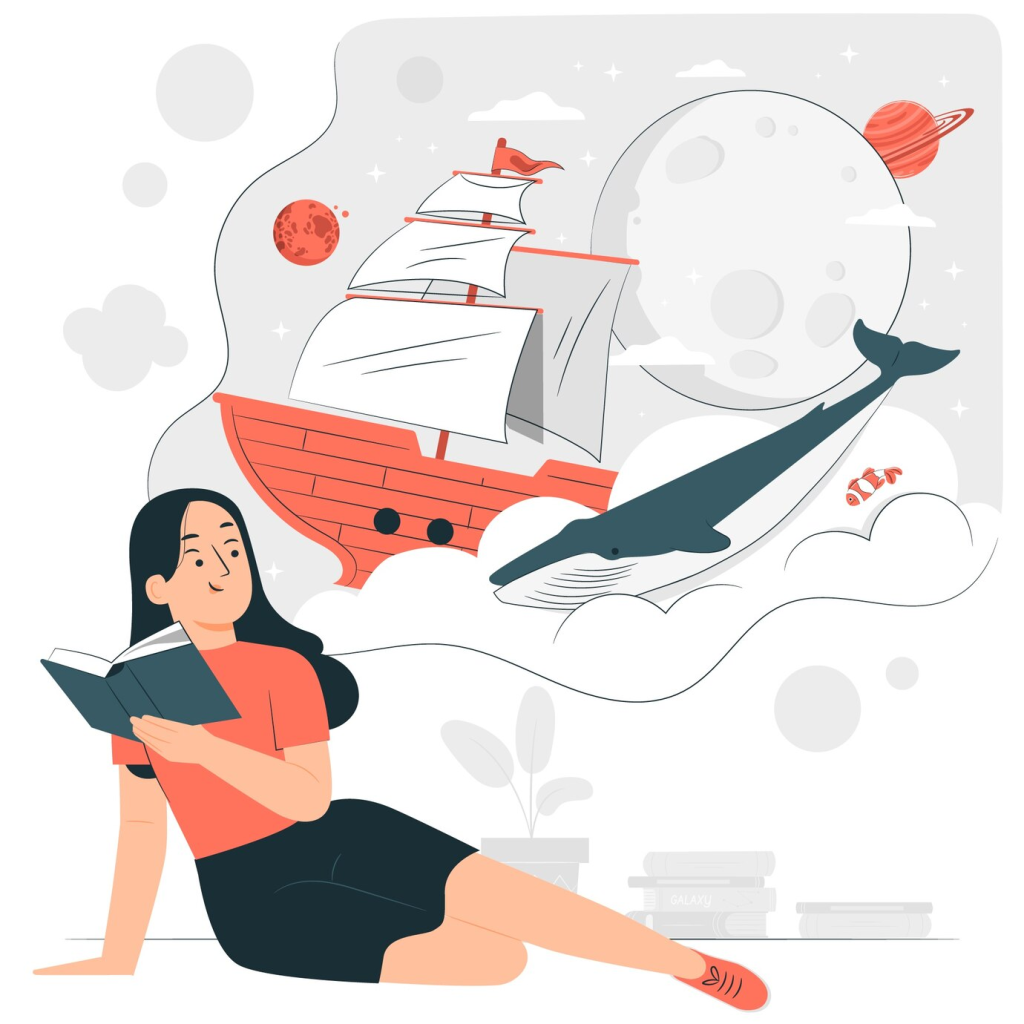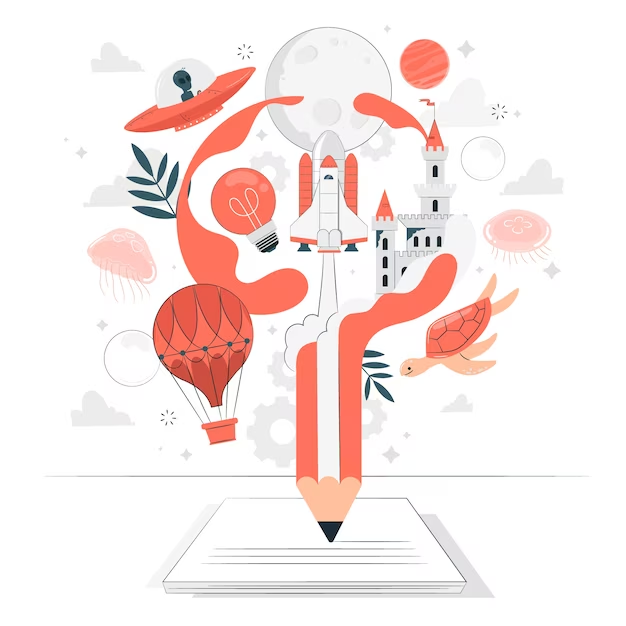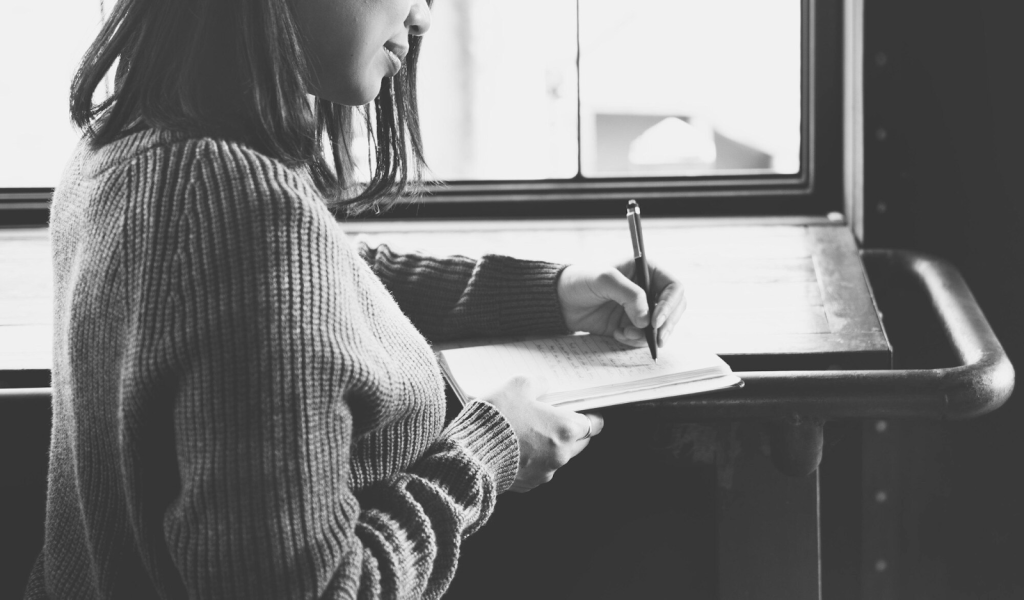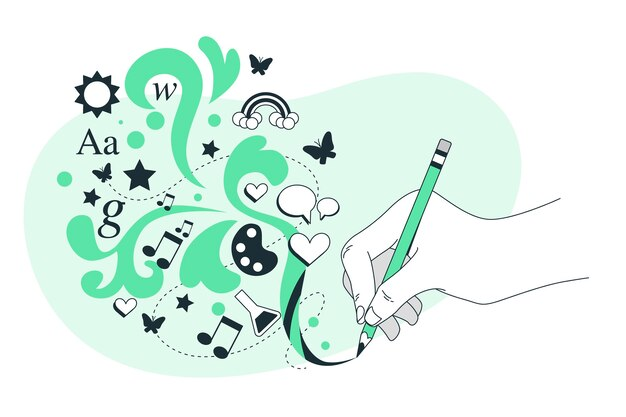Looking for imagery examples? Ever wondered how some writers can make you see, feel, and breathe within the worlds they craft? The secret lies in the skillful use of imagery—a tool that transforms the ordinary into the extraordinary.
In this exploration of imagery examples, we’ll break down the art of imagery, exploring both its essence and various types. Get ready to enhance your storytelling prowess with simple yet powerful imagery.
Table of Contents

What Is Imagery?
Imagine you’re reading a book, but it’s like watching a movie in your head. That’s the power of imagery!
Imagery refers to using vivid and descriptive language in writing to create a mental picture or sensory experience for the reader. It concludes with words and phrases that evoke sensations, images, smells, tastes, sounds, and feelings to add depth and richness to the writing, allowing readers to connect more deeply with the content.
6 Types Of Imagery
Imagery in writing has various types, each appealing to different senses and contributing to the overall sensory experience for the reader. Here are several common types of imagery:
- Visual Imagery: Descriptions that create mental images, allowing readers to “see” the scenes and settings in their minds.
- Auditory Imagery: Language that evokes sounds and auditory experiences, bringing aural elements to the reader’s imagination.
- Olfactory Imagery: Descriptions that appeal to the sense of smell, allowing readers to imagine scents and aromas.
- Gustatory Imagery: Language that describes tastes and flavors, engaging the sense of taste.
- Tactile Imagery: Descriptions that convey the sense of touch, enabling readers to feel the textures and sensations described.
- Kinesthetic Imagery: Language that describes movement and physical sensations, allowing readers to perceive actions and motions.

6 Types of Figurative Language That Use Imagery
Here are some common types of figurative language that use imagery to create vibrant sensory experiences for the reader:
- Metaphor: A metaphor directly compares two unlike things, suggesting a similarity between them. Writers often use these metaphorical examples to convey complex ideas in a more relatable and vivid manner.
- Simile: A simile compares two things using “like” or “as” to create a vivid image. In writing, the authors skillfully wove examples of similes to enhance the reader’s connection to the story.
- Personification: Personification attributes human qualities to non-human things, bringing them to life in the reader’s imagination. Examples of personification in literature breathe life into inanimate objects, turning the wind into a playful storyteller and the moon into a silent confidante.
- Hyperbole: Hyperbole uses exaggeration for emphasis or effect, often creating humorous or dramatic imagery. Hyperbole Examples Sentences: In literature, hyperbole adds flair, as seen in Shakespeare’s “I could eat the ground.”
- Synesthesia: Synesthesia blends senses, creating unexpected and evocative imagery. Example: “The music tasted like sunshine and felt like velvet.”
- Assonance: Words close together that sound the same with vowels repeating. Assonance Examples: Poets often employ assonance to create melodic effects, such as “fleet feet sweep by sleeping geese.”
By effectively using these figures of speech, writers can paint vibrant pictures in the reader’s mind.

Imagery Example
Here are different types of Imagery Example:
Imagery Example – Visual Imagery:
- The sunset painted the sky in hues of orange and pink, casting a warm glow over the horizon.
- The city skyline glittered with a thousand lights, each building standing tall like a night beacon.
- The meadow stretched endlessly, adorned with a carpet of vibrant wildflowers swaying in the breeze.
- The waves crashed against the rugged cliffs, sending sprays of white foam into the air.
- The snow-covered mountains glistened in the morning light, a majestic landscape untouched by time.
- The old, weathered book had yellowed pages, filled with stories that transported readers to different worlds.
Imagery Example – Auditory Imagery:
- The distant roar of ocean waves echoed through the night, a soothing lullaby for the seaside town.
- The chirping crickets created a symphony in the quiet meadow, filling the air with their rhythmic cadence.
- The distant thunder rumbled ominously, a prelude to the approaching storm.
- The laughter of children playing in the park was a joyful melody that reverberated through the air.
- The raindrops danced on the rooftop, creating a soft and soothing percussion.

Imagery Example – Olfactory Imagery:
- The air was infused with the scent of blooming roses, wafting from the well-tended garden.
- The coffee shop enveloped patrons in freshly ground beans’ rich, earthy smell, promising a comforting caffeine fix.
- The kitchen was filled with the savory fragrance of herbs and spices, as the chef prepared a delectable feast.
- The salty sea breeze carried the briny aroma of the ocean, instantly transporting beachgoers to the water’s edge.
- The old bookstore had a distinctive aroma of aged paper and leather bindings, inviting book lovers into a world of literary treasures.
Imagery Example – Gustatory Imagery
- The first bite into a ripe peach – the explosion of juicy sweetness flooding your mouth, mingled with a hint of tartness on the skin.
- Dark chocolate melting on your tongue, a rich bittersweet wave followed by a lingering cocoa warmth.
- The first sip of hot coffee on a crisp morning, the bitter warmth spreading through your insides, chasing away the chill.
- The spicy curry unleashed a symphony of flavors, the blend of aromatic spices creating an explosion of taste on my palate.
Imagery Example – Tactile Imagery:
- The velvety petals of the rose felt soft against my fingertips as I gently traced their delicate curves.
- The coarse sandpaper scraped against my palm, leaving a rough texture that lingered even after I set it down.
- The plush blanket enveloped me in warmth, its softness providing a comforting embrace on a chilly evening.
- The smooth, cool surface of the marble countertop offered a refreshing touch as I prepared ingredients for dinner.

Imagery Example – Kinesthetic Imagery:
- The graceful dancer leaped across the stage, her movements fluid and effortless, conveying a sense of weightlessness.
- The athlete’s powerful sprint sent vibrations through the track, each step propelling them forward with focused determination.
- The yoga instructor guided us through a sequence of poses, emphasizing the stretch and release of muscles with each intentional movement.
- The roller coaster twisted and turned, giving riders a sense of exhilarating motion as they soared through the air.
Conclusion
The beauty of language lies in its ability to paint vivid pictures in the minds of readers. Through the use of imagery examples, writers have the power to transform ordinary words into a tapestry of sensations, making their narratives not just stories but immersive experiences that linger in the reader’s imagination.
Ref: Create and Go | Smart Blogger


